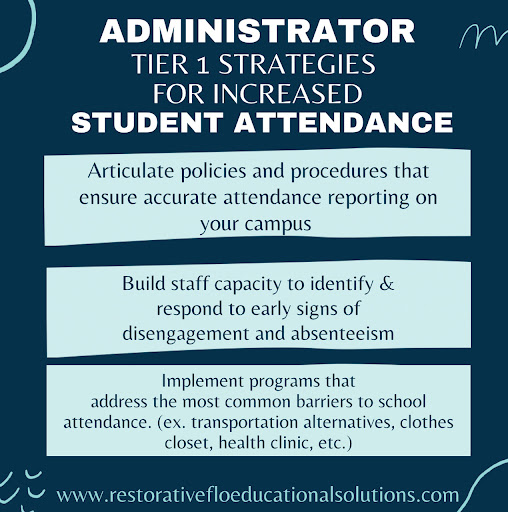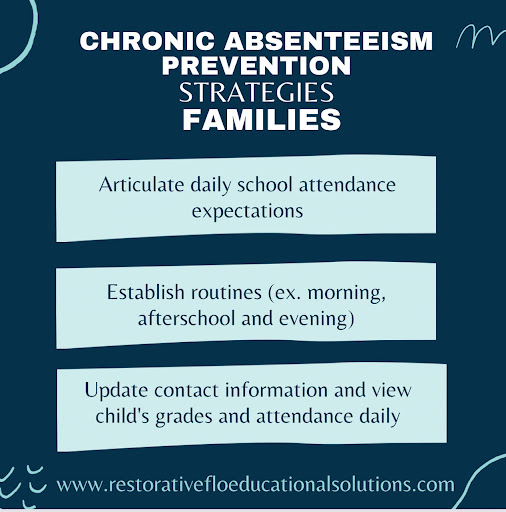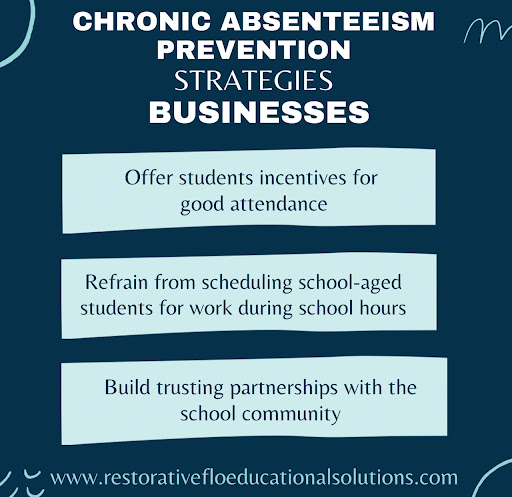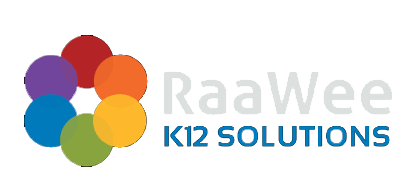The Collective Approach to Chronic Absenteeism
Widespread Problem in Schools
Chronic absenteeism is rising in schools nationwide as the latest national data reveals that approx. 70% of schools are experiencing increased student absences. Student absenteeism has a ripple effect on the school, family, and community. This urgent crisis demands immediate, effective action from all school community stakeholders.
Addressing Truancy Through Collaboration
To tackle the rise in chronic absenteeism, school leaders and educators must focus on working together through multi-tiered interventions. Solving truancy needs a united effort from schools, families, and community members to create effective solutions. Understanding why students miss school and finding ways to re-engage them involves teachers, counselors, and community support.
Tiered Support for Improvement
Members of “the collective” need effective support at three levels: preventative (Tier 1), targeted (Tier 2), and individualized (Tier 3). Universal strategies should help all students, and training sessions can help staff spot early signs of disengagement. Information on truancy and attendance rules should be shared with parents during registration, and classes in different languages should be offered throughout the year. Students should also learn about good attendance habits during the first week of school.
The Importance of School Attendance
Daily school attendance is key to student success, affecting academic performance and behavior. Absenteeism impacts schools, families, and communities. Districts must create systems that bring together staff, families, and partners to address attendance challenges. Dan Heath’s book “Upstream” discusses strategies to gather the right people to solve root problems, inspiring leaders to work together on improving attendance.
Building Partnerships for Attendance Improvement
Strong partnerships between schools, families, and communities are essential for overcoming attendance barriers. Join my online webinar, “Where Are Our Students?” at Chronic Absenteeism Online Training | ED311 Events for strategies aimed at administrators, teachers, school nurses, counselors, businesses, and community organizations.



Resources
Quick Reference Attendance Guide: www.nprinc.com/chronic-absenteeism/ RestorativeFlo Consulting Website: www.restorativefloeducationalsolutions.com
LinkedIn: Sharon Bradley, M.Ed. | LinkedIn

About the Author
Sharon Bradley is the Principal Consultant of RestorativeFlo Educational Solutions, LLC and also serves as a school district administrator where she has helped shape the district’s approach to social and emotional development and truancy prevention for all students. Throughout her 22 years in education, she has served as director, alternative high school principal, assistant principal, dropout prevention program coordinator, special education teacher, and behavior specialist. In her current role, she supports programs such as: Attendance, Social Emotional Learning, Restorative Practices, and Parent Education and Engagement. Sharon Bradley has recently been recognized by Education-First “SEL in Action” and D CEO Magazine for her innovative efforts of leveraging SEL to help decrease chronic absenteeism. Sharon is the author of the reference guide “Chronic Absenteeism: Prevention and Intervention Strategies for Schools, Families and Communities”. She is a graduate of Mississippi State University where she earned her bachelor’s degree in Special Education; and her master’s degree in Educational Administration from Prairie View A & M University.




